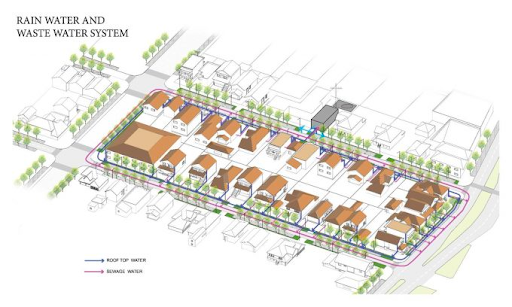May 28, 2024
Topic
Gas utilities in California bill customers millions of dollars each year to repair and replace aging gas pipes. At the same time, the state strives for carbon neutrality by 2045, which means that investments in extending the gas system are at odds with our climate and clean air goals.
To address this challenge, in February 2024, the California Public Utility Commission released Phase 3 of its long-term gas planning proceeding, recognizing the need for a managed transition away from fossil gas while outlining options to achieve California’s greenhouse gas reduction goals.
Local governments will play a key role in forming and implementing these plans. Many in California are starting to plan for strategic gas system decommissioning, the full or partial retirement of the gas system, paired with zonal and targeted electrification. These efforts include collaborating with utilities like PG&E to understand the gas system, doing community outreach, and focusing electrification incentives in frontline communities.
For example, in 2023, the City of Albany secured a grant from the Department of Energy to pursue a Gasline Decommissioning Pilot Program. The City awaits the California Energy Commission’s (CEC) approval of its community engagement plan, which would educate residents on the health and climate benefits of electrification.

Nearby, Oakland’s EcoBlock, a CEC sponsored project, works toward energy independence and efficiency for an entire cul-de-sac. In partnership with residents, donors, UC Berkeley’s Institute for Energy and Environment, and the Association for Energy Affordability, the city plans to deploy block-scale electrification retrofits, a rooftop solar microgrid, and improve water conservation for the street. In Southern California, Santa Monica is developing a framework to identify decommissioning pilots. The three potential sites are all in the 81st percentile on CalEnviroScreen and one includes an affordable housing complex.
PG&E itself plans to pursue a targeted electrification project at CSU Monterey Bay to replace an aging natural gas pipe, which currently supplies about 1,200 units of student, staff, and faculty housing in East Campus, with fully electrified service.
The above examples involve using the electric network to replace gas powered appliances with electric appliances. Another emerging strategy called thermal energy networks (TENs) involves connecting buildings to an ambient water loop so they can exchange heat with each other and take advantage of the constant temperatures from sources such as sewage and bodies of water. Stanford University’s campus and Santa Rosa Junior College provide two installed examples in California. More popular in colder climates, it is unsurprising Truckee has discussed connecting its public schools to a TEN.
At the Building Decarbonization Coalition, we call the electric and thermal network approaches neighborhood-scale decarbonization. Neighborhood-scale decarbonization offers a framework for cost-effectively transitioning buildings from fossil fuels at the scale and speed needed to address the climate crisis. We work with partners across multiple sectors and across the country to help enable this transition. To learn more, visit our website.




